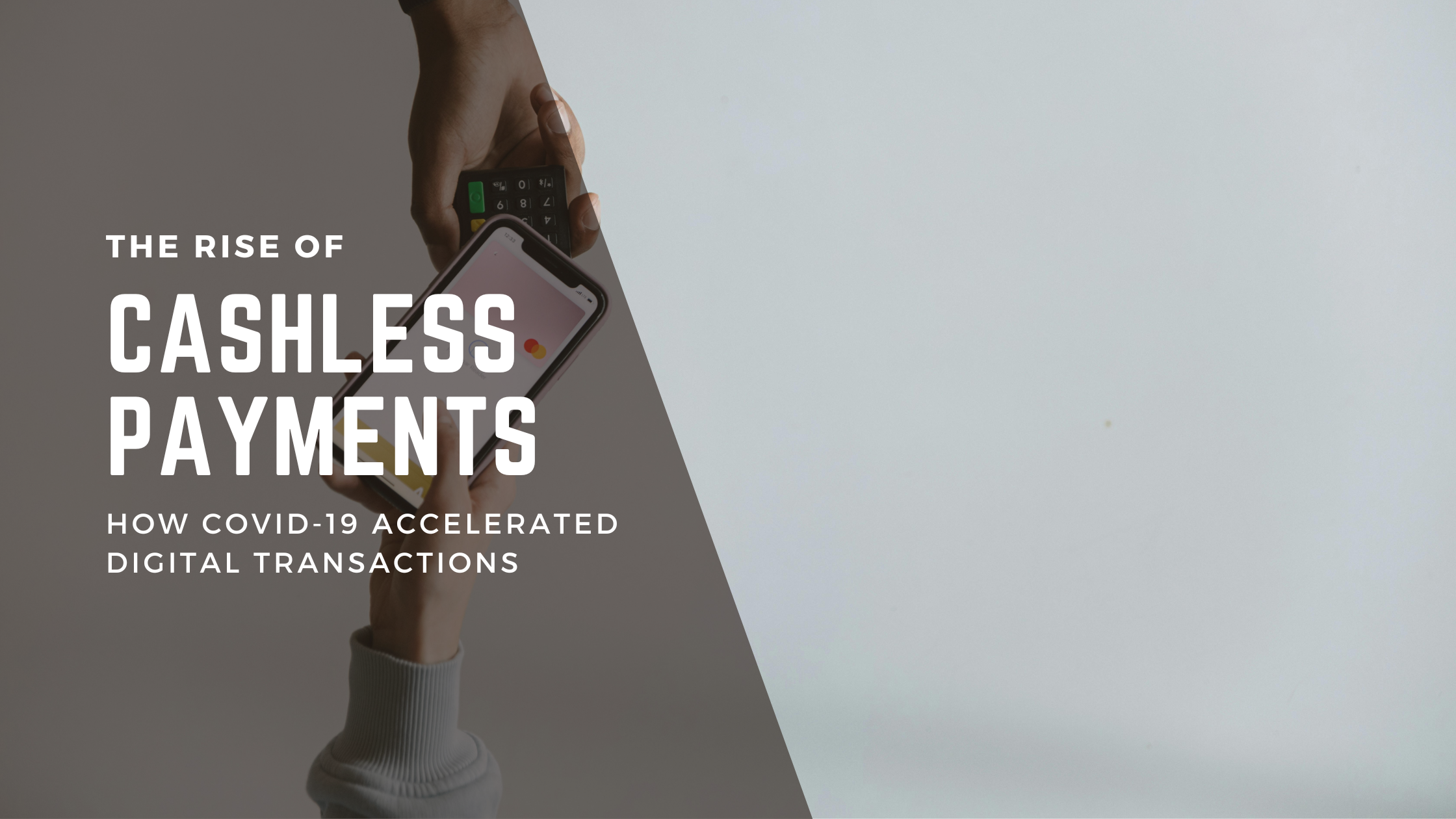June 12, 2025

-
Written by: Merchant Connect UK
- May 1, 2024

The Rise of Cashless Payments: How COVID-19 Accelerated Digital Transactions
The COVID-19 pandemic has catalyzed a significant shift towards cashless payments, with digital transactions projected to dominate the payment landscape by 2025. This post delves into the impact of the pandemic on digital transactions, explores the various types of cashless payments gaining traction, and examines the implications of a cashless society.
The Surge in Digital Transactions
Since the onset of the pandemic, cashless transactions have surged, with a notable decline in cash usage and a corresponding increase in online purchases and contactless payments. This behavioral shift, accelerated by nearly 60%, reflects a fundamental change in consumer preferences towards safer and more convenient payment methods.
Types of Cashless Payments on the Rise
- Credit and Debit Cards: Widely accepted globally, offering seamless mobile payment options through platforms like Apple Pay and Android Pay.
- Mobile Banking: Empowering users to manage finances, make online payments, and transfer funds conveniently through mobile apps.
- USSD: Facilitating electronic transactions and money transfers via GSM technology, enhancing financial accessibility.
- E-Wallets: Digital payment systems enabling users to store funds securely and transact using mobile devices.
- QR Codes: Streamlining transactions in businesses by enabling contactless payments through smartphone scanning.
The Vision of a Cashless Society
A cashless society envisages a future where digital payments supersede traditional cash transactions. The pandemic has accelerated this transition, prompting discussions on the benefits and drawbacks of a cashless economy.
Advantages of a Cashless Society:
- Convenience: Access to funds anytime, anywhere, enhancing consumer convenience.
- Safety: Reduced physical contact minimizes health risks associated with cash handling.
- Efficiency: Streamlined transactions, reduced cash circulation, and lower operational costs for businesses.
Disadvantages of Cashless Payments
- Economic Implications: Concerns over power shifts from banks to tech firms and government currency control.
- Privacy Concerns: Risks of data tracking and privacy breaches by large corporations, raising privacy concerns among consumers.
Conclusion
In conclusion, the surge in cashless payments driven by the COVID-19 pandemic reflects a broader societal shift towards digital transactions. While there are concerns regarding economic implications and privacy, the convenience, safety, and efficiency offered by cashless payments are undeniable. As technology continues to evolve, the trajectory towards a cashless society is likely to persist, reshaping the way we transact and interact in the digital age.
We’ll Help You Start Accepting Payments
Contact us today to learn more about how we can meet all your payment processing needs.
Categories
- Banking(12)
- Industry Insights(26)
- Merchant Account(2)
- Online Payments(15)
